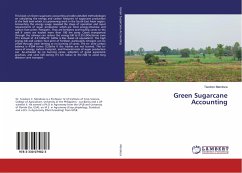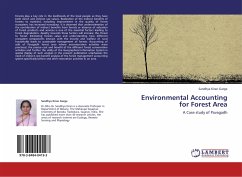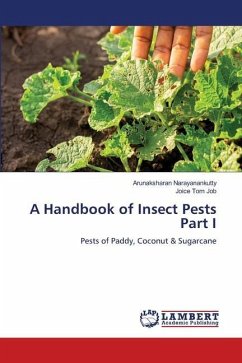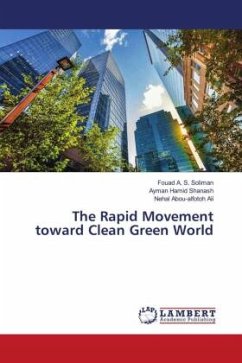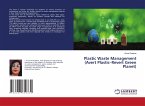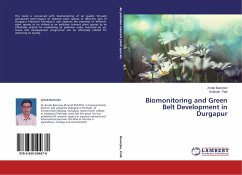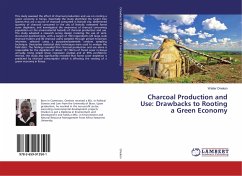This book on Green sugarcane accounting provides detailed methodologies on calculating the energy and carbon footprint of sugarcane production at the field level which is a pioneering work in the South East Asian region. Accounting the energy usage revealed the stage of operation and input requirements of sugar production which are most energy-intensive and carbon foot prints "hotspots". They are fertilizers and hauling canes to the mill if canes are hauled more than 100 km away. Canes transported through the railways can reduce the energy bill to 0.25 LDOe/tonne cane (TC) instead of 4.0 LDOe/TC (LDOe is liter diesel oil equivalent). The high energy bill and carbon foot print of fertilizer, particularly nitrogen can be offset through trash farming or no burning of canes. The ex- ante carbon balance is 4.004 tonne CO2e/ha if the trashes are not burned. The tri- nexus of energy, carbon footprint, and financial costs of sugar production can be achieved by no burning canes, adoption of good agronomic practices, and cane mill zoning (15 km radius to the mill) to avoid long distance cane transport.
Bitte wählen Sie Ihr Anliegen aus.
Rechnungen
Retourenschein anfordern
Bestellstatus
Storno

